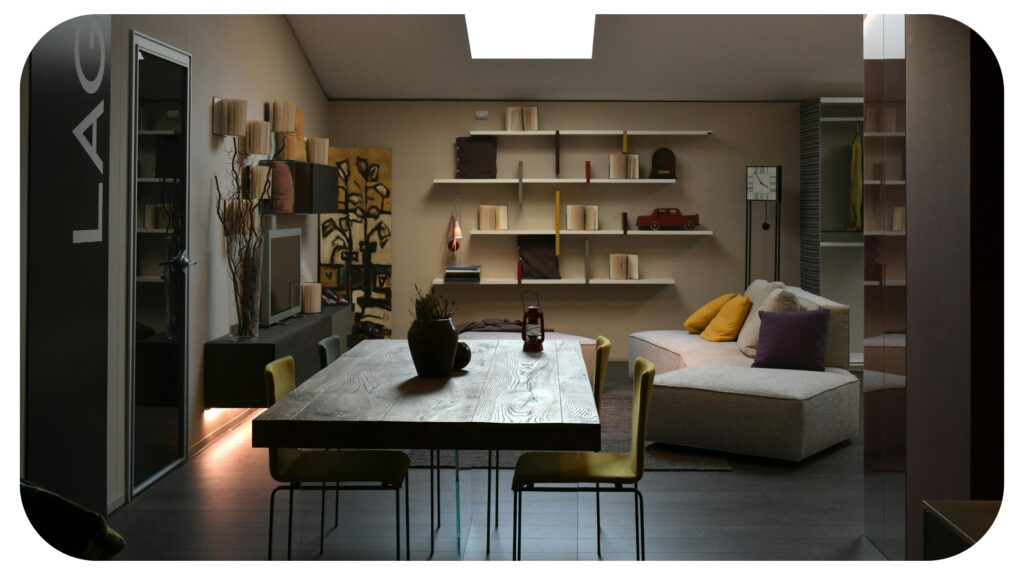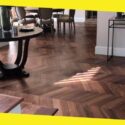A Guide on How to Add Depth and Texture to Your Home

It takes more than just picking out the perfect furniture and color scheme to create a house that is welcoming, comfortable, and aesthetically pleasing. Using depth and texture is one of the most underappreciated elements of excellent interior design. Done well, these elements may transform a flat, lifeless environment into a rich, lively one. Including depth and texture is simpler than it sounds, whether your goal is to update the space or start from nothing.
This guide will enable you to use five sensible ideas to completely transform your house.
1. Layered Textiles: The Power of Soft Surfaces
Textile layering is the easiest approach to add texture to any kind of space. See beyond your throw pillows. Think of blending velvet, linen, cotton, and wool across several elements like curtains, upholstery, area rugs, and blankets. Add instant visual and tactile contrast to a velvet sofa by layering it with a bulky knit blanket or jute rug under a sleek leather ottoman.
The secret is to combine materials that visually contrast yet also feel distinct to the touch. Subtle variations in color and fabric weight help to create the perception of depth, therefore enhancing the coziness of the space. Experiment with textures seasonally; light linen in the summer and rich wools in the winter can help your room to remain fresh all year round.
2. Paint Techniques That Add Character
Often the biggest surface in a room, walls are an ideal opportunity to create depth and texture. While flat paint finishes are common, looking into textured options will totally transform the feel of your room. Using beautiful limewash interior paint is a growing trend in interior design. Limewash gives walls depth and movement, unlike traditional paint, by offering a soft, cloud-like finish with a chalky texture.
Once used in European castles and villas, this age-old technique creates a natural, uneven look that points out any room’s earthy quality. If matched with the appropriate ventilation, it’s perfect for bedrooms, living areas, or even restrooms. Interior applications of limewash paint also let light interact differently with your walls over the day, producing a dynamic visual experience that changes with natural lighting.
3. Architectural Elements and Wall Features
Architectural enhancements may provide significant texture and depth if you’re willing to make a little further investment in your space. Consider adding wainscoting, beadboard, or shiplap to your walls. Even more modern ideas like 3D wall tiles or fluted panels may quickly elevate a room. These elements not only break up flat wall space but also assist in defining areas in open floor plans.
Particularly in more formal spaces, crown molding, baseboards, and decorative trim may offer a sophisticated layer. Adding wider casings to entrances is a simple method to create a sense of intention and structure. Though they are not immediately obvious, these details provide a subconscious feeling of richness and depth.
4. Play with Lighting and Shadows
Among the least appreciated tools for enhancing depth is lighting. Correct lighting design shapes a room rather than only making it visible. Create layers with a combination of ambient, task, and accent illumination. To enhance various textures and produce appealing shadows, for instance, combine wall sconces, floor lamps, under-cabinet lights, with an above chandelier.
When you have included plaster, brick, or lime wash-painted walls, the interplay between light and surface texture becomes especially apparent. By highlighting these surfaces, accent lighting helps them to seem even more striking at night. Dimmers also enable you to soften or increase lighting to fit various times of day or activities, thereby helping to manage the atmosphere.
5. Incorporate Natural Elements and Materials
Any room may have instant texture and spirit added by nature. No synthetic material can replicate the raw, grounded sensation that organic materials—wood, stone, rattan, leather, and others—bring. Stunning focus areas that add both visual and tactile interest include exposed wood beams, stone fireplaces, or reclaimed wood furniture.
Natural decor elements—such as woven baskets, terracotta pots, or a wooden bowl loaded with stones—can add texture even on a tiny scale. Through their leaves and planters, houseplants also contribute to greenery and an organic texture, therefore serving two purposes. These natural layers give minimalist interiors warmth and assist to soften modern spaces.
Conclusion: Creating a Home That Feels Alive
Adding depth and texture to your house is about establishing a place that feels more personal, cozy, and interesting than just aesthetics. By means of careful decisions in textiles, paint, architectural details, lighting, and natural elements, you can design an environment that evolves with you and tells a story. Your house will come alive with richness and character instead of feeling flat by mixing tactile materials and experimenting with visual layers. Start slowly, layer intentionally, and you’ll be amazed how fast your area transforms.
You may like this
Recommended For You
Mattress Size Buying Guide: What Size Should You Get?
Priyadarshini Muduli
A full time passionate writer with imperishable determination to bring healthy, smart and pragmatic changes individually and socially. Concentrate especially on lifestyle, life and personal improvement, relationships, mental health and behavior, viral issues and literature based subjects.




